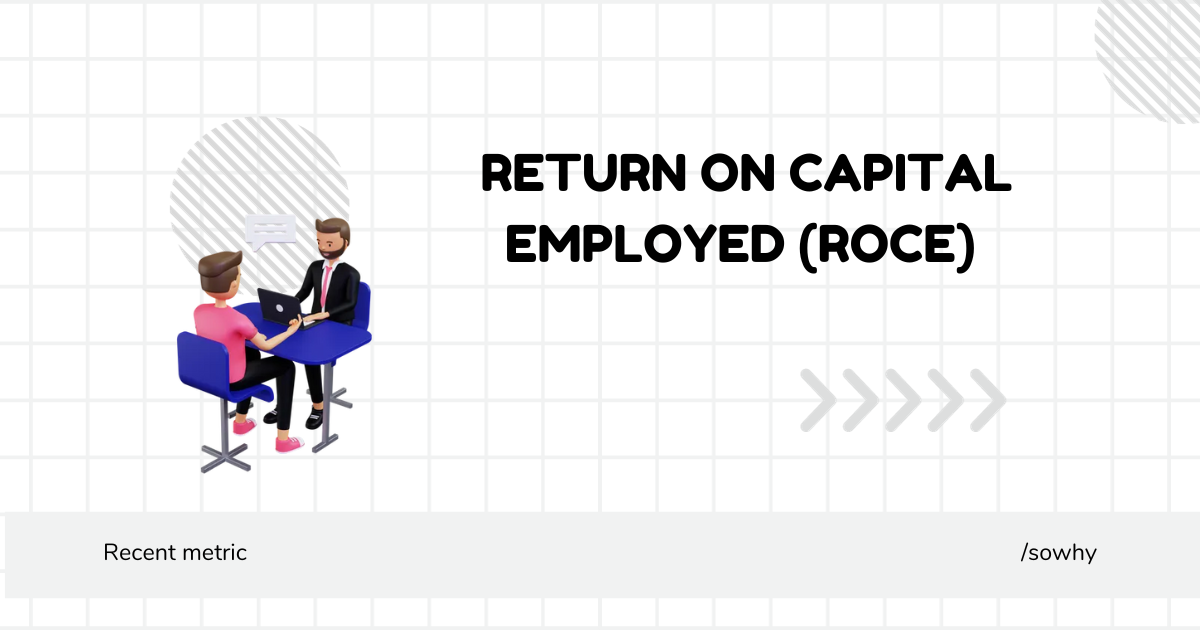Return on Capital Employed (ROCE)
 VinayC
VinayC
Hey Financial Adventurers! 🚀 Today, we're delving into the exciting realm of "Return on Capital Employed" (ROCE) – a metric that unveils the efficiency and profitability of a company's capital usage.
Formula: $$ {ROCE} = \left( \frac{\text{EBIT}}{\text{Annual Average Capital Employed}} \right) \times 100 $$
Imagine this as the company's own superhero power, showcasing how well it utilizes its capital to generate earnings.
Scenario: Let's step into "InnovateTech Inc." Their EBIT (Earnings Before Interest and Taxes) is $1 million, and the annual average capital employed is $5 million.
$$ {ROCE} = \left( \frac{1,000,000}{5,000,000} \right) \times 100 = 20\% $$
So, InnovateTech Inc. boasts a ROCE of 20%, signaling that for every dollar of capital employed, they're generating 20 cents in earnings.
Parameters:
- EBIT (Earnings Before Interest and Taxes): The superhero earnings before considering interest and taxes.
- Capital Employed: The dynamic trio of share capital, reserves, and borrowings – the financial sidekicks that keep the company rolling.
Things to Remember:
- Quality over Quantity: A high ROCE is great, but consistency and sustainability matter.
- Benchmarking is Key: Compare ROCE within the industry for a superhero reality check.
- Decoding Capital Employed: It's the financial fortress – money invested that keeps the operations running.
Best and Worst Values:
- Best Value: A higher ROCE often indicates effective capital utilization.
- Worst Value: A declining or negative ROCE may signal inefficiency or financial distress.
✨ Fun Fact: The concept of ROCE has been shaping financial strategies since the mid-20th century. It's like the OG superhero, quietly doing its job to keep companies financially fit!
Subscribe to my newsletter
Read articles from VinayC directly inside your inbox. Subscribe to the newsletter, and don't miss out.
Written by
